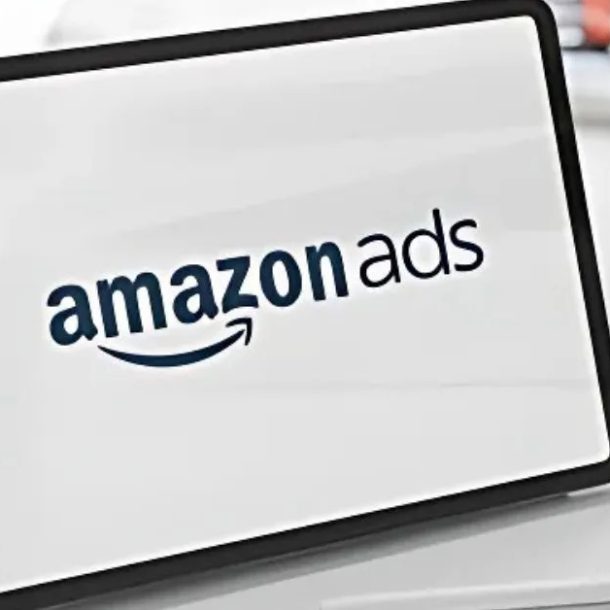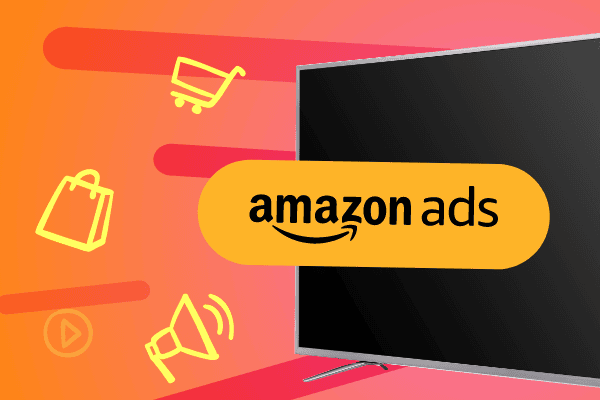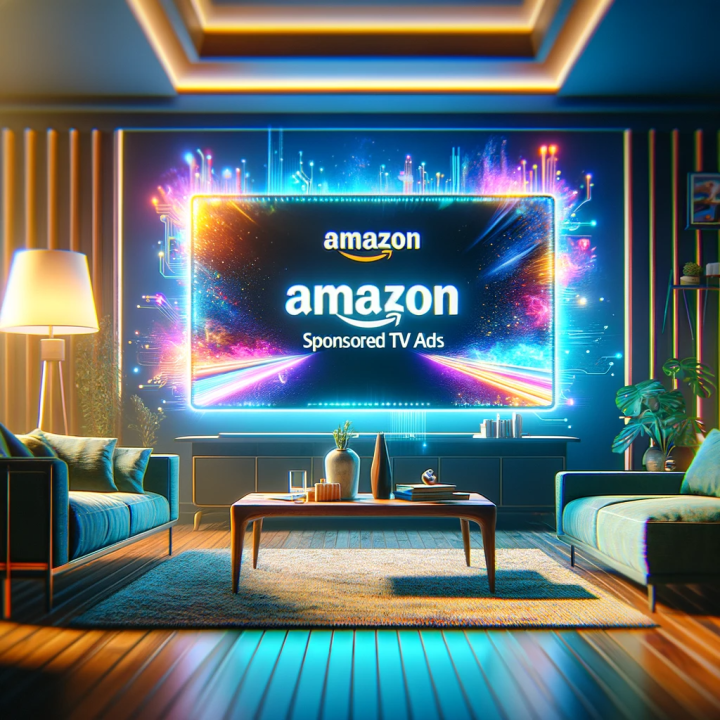
Using Sponsored TV Ads to Reach New Audiences: A Practical Guide for Brands
In today’s fragmented media landscape, reaching truly new audiences is harder than ever. With DVRs, ad skipping, and the growing dominance of streaming, traditional TV alone can no longer shoulder a modern brand’s awareness goals. That’s where Sponsored TV Ads—especially those integrated into connected and streaming environments—offer a powerful opportunity to expand your reach. Below, you’ll find actionable strategies, campaign recommendations, and measurement tips to help you tap into new viewership pools and grow your brand’s footprint.

1. Why Sponsored TV Ads Matter Now
The Shift from Linear to Connected Viewing
Connected TV (CTV) usage has exploded, with more than 85% of U.S. households now owning a CTV device. This means more people are watching content through smart TVs, streaming sticks, and apps—allowing brands to combine the big-screen impact of television with the precise targeting of digital advertising.
Amazon’s Sponsored TV program lets brands reach viewers during their streaming sessions, using first-party shopping and viewing data to deliver ads to the right audience at the right time.
Reaching “Light TV” Viewers Missed by Traditional Campaigns
One of the strongest benefits of Sponsored TV is the ability to reach audiences who may not tune in to traditional cable or network television. Studies have shown that brands running streaming campaigns are far more likely to reach these “light TV” viewers—people who primarily consume content through digital platforms. Campaigns using Sponsored TV have demonstrated measurable lifts in purchase consideration and confirmed purchases compared to those relying solely on linear TV.
In short, Sponsored TV helps uncover incremental reach, ensuring your brand message reaches households that might otherwise remain untouched by traditional advertising.
2. How to Plan a Sponsored TV Campaign That Works
Here’s a proven step-by-step framework to help your Sponsored TV campaign deliver measurable results.
A. Define Your Target Segments
Use your customer data, CRM insights, or audience lookalikes to identify high-value segments.
Layer demographic and interest-based criteria for more precise targeting.
Segment by intent stage—awareness, consideration, or conversion—to tailor messaging accordingly.
B. Choose the Right Platform Mix
Sponsored TV should be part of a multi-screen strategy that includes both streaming and traditional options. Streaming can fill gaps for audiences who rarely watch linear TV, providing incremental reach while maintaining targeting precision. Balance your spend between both environments depending on audience habits and goals.
C. Craft Compelling Creative
Capture attention within the first five seconds.
Use cinematic visuals and storytelling that feel native to a large screen.
If available, include shoppable elements that let viewers engage directly from their screens.
Produce multiple versions of your ad—15-second, 30-second, or even 6-second cuts—to fit varied placements.
D. Test Incrementally
If this is your first foray into TV-style advertising, start small. Run pilot campaigns through platforms like Amazon Sponsored TV or similar streaming placements before scaling up to larger, multi-network buys. Evaluate performance, then expand based on what’s working.
E. Set Clear KPIs and Measure Performance
Track awareness lifts, search traffic increases, brand recall, and new-to-brand metrics. Use control groups or third-party measurement tools to isolate true incremental impact. Keep an eye on delivery pacing and frequency to avoid overexposure.

3. Best Practices for Maximizing Reach and ROI
Leverage scheduling strategies: Target high-viewership hours and relevant content genres.
Use frequency caps: Prevent ad fatigue by limiting impressions per household.
Rotate creative assets: Refresh messaging every few weeks to keep engagement high.
Integrate retargeting: Follow up with digital ads or sponsored products to drive conversions after exposure.
Apply geo-targeting: Focus your budget where your audience is most concentrated.
Monitor pacing and adjust: Optimize bids and targeting mid-flight if delivery trends off plan.
Run creative A/B tests: Test hooks, formats, and storylines to identify what resonates best.
4. Real-World Results
Brands using Sponsored TV ads have reported major success. For example, a major home appliance brand saw a 70% lift in branded search and a double-digit boost in product page visits after running Amazon Streaming TV campaigns. Another technology brand saw a 69% increase in new-to-brand sales following a sponsored video push.
These results prove Sponsored TV isn’t just for awareness—it can influence purchase intent and even conversion when properly executed.
5. Common Pitfalls to Avoid
Overly broad targeting: Streaming environments thrive on precision—avoid diluting your spend with generic demographics.
Low-quality creative: Poor visuals or audio can damage brand perception on large screens.
Neglecting measurement: Without defined KPIs and control groups, you can’t prove success.
Rigid budgeting: Stay flexible and reallocate funds toward the best-performing placements.
Ignoring ad fatigue: Rotate content and update storytelling regularly.
Siloed strategies: Integrate Sponsored TV with your digital, social, and search marketing for full-funnel consistency.

6. Final Thoughts: Sponsored TV as a Growth Engine
Sponsored TV advertising bridges the gap between the reach of traditional broadcast and the targeting power of digital media. For brands looking to grow awareness, find new audiences, and drive conversions, it’s one of the most promising channels in 2025 and beyond.
If you’re ready to explore Sponsored TV:
Start with a small pilot in a streaming environment.
Build high-quality, story-driven creative.
Measure incrementality with control groups.
Scale up once you confirm lift and engagement.
With smart planning and continuous optimization, Sponsored TV can become a key pillar in your brand’s growth strategy.













